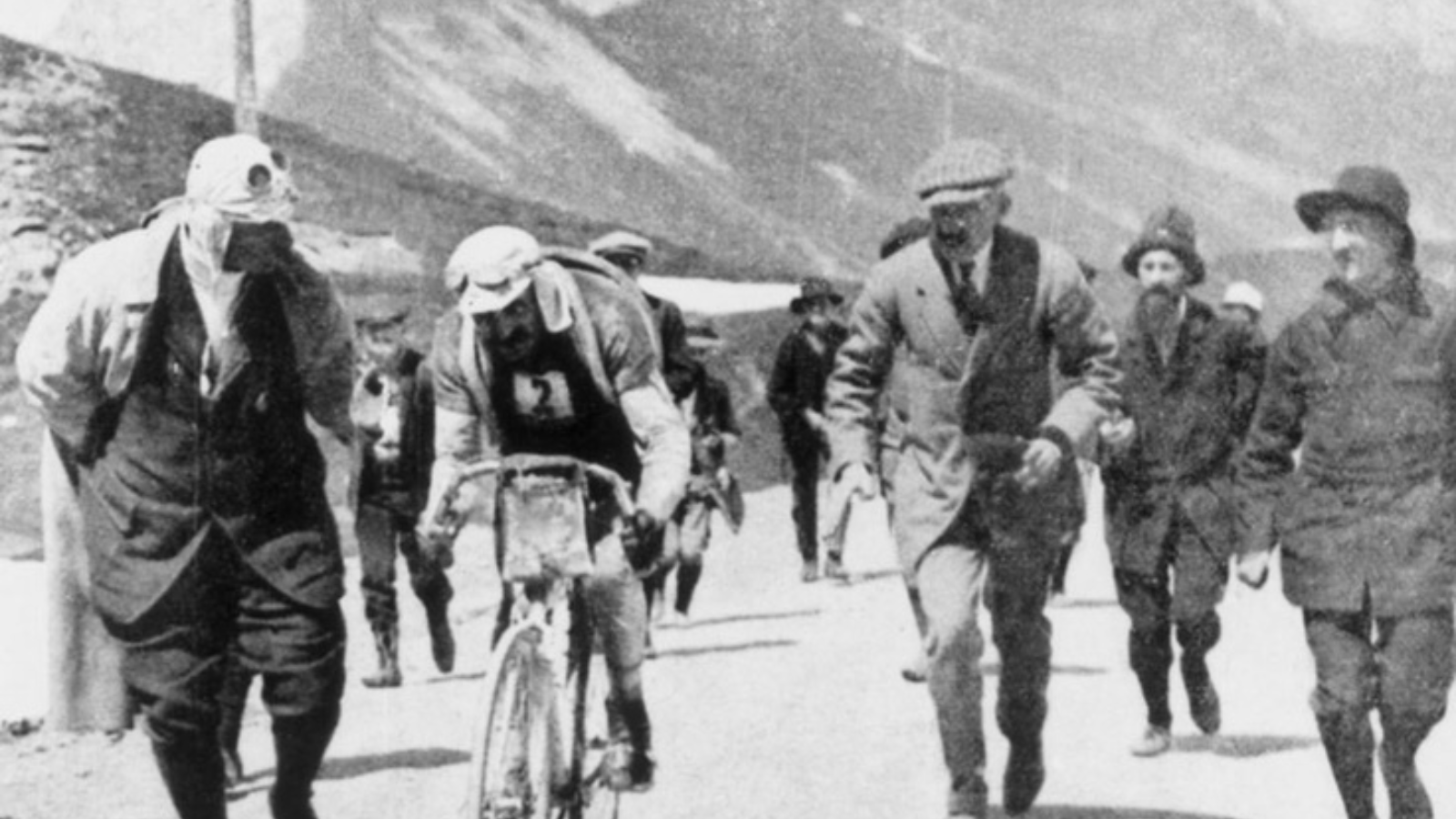After the introduction of the Pyrenees to the race in 1910, the next big challenge of Tour de France was how to include the "giants of the Alps" into the program. The story behind using Galibier, Thelegraphe, Aravis, and Lautarer was far less dramatic than the organizers' first encounter with Col du Tourmalet.
Nevertheless, the 5th stage of Tour de France 1911 between Chamonix and Grenoble was 366 km long and it took 13 hours and 35 minutes for stage winner Émile Georget to finish it. Paul Duboc was 15 minutes, Gustave Garrigou, the leader of the general classification 26 minutes behind him. (Please note, this was the time, between 1905 and 1912, when the general classification based on points instead of the time gaps between the riders.)
These three cyclists were, by the way, the only riders did not dismount their bike on Galibier.
The peloton spent also the next two stages in the Alps. In the 6th stage (12 July 1911), they climbed Laffrey, Bayard, and Allos. Another two days later, in the 7th stage Castillon and Braus. Both stahes were over 300 km long.
There wasn't any big change in the general classification until Stage 10, when Paul Duboc was (possibly) poisoned by a rival cyclist, and lost the chance to win the race, despite having two victories during the reamining stages.
Tour de France returned to Galibier also in the subsequent year. Galibier, often dubbed as "the giant of the Alps" is one of the most climbed ascents in the history of Tour de France with over 60 appearances.
The peloton of Tour de France 2024 will met the Giant too, in a very early phase of the race. The 4th stage of Tour de France 2024 will finish in Valloire, but only after they would climb the three categorized climbs of the day, with Col du Galibier among them.
